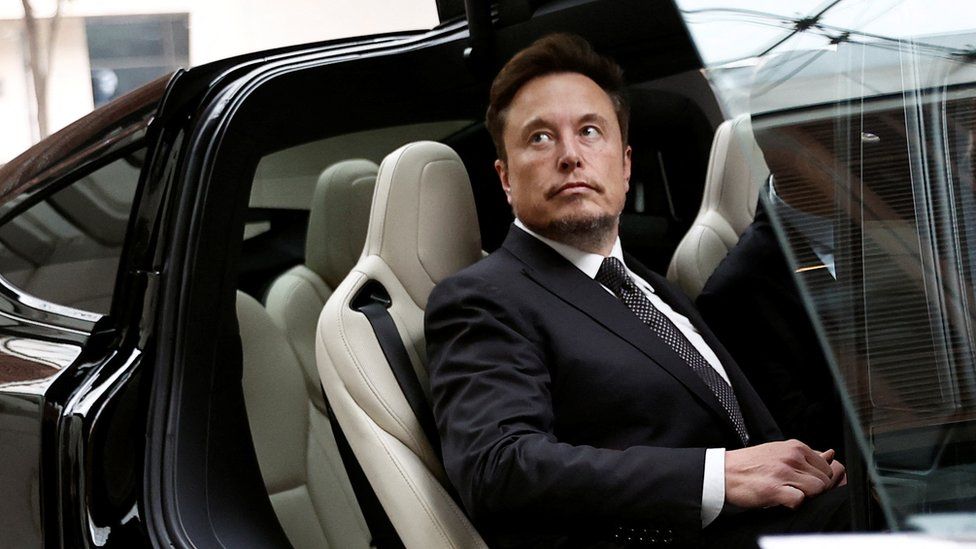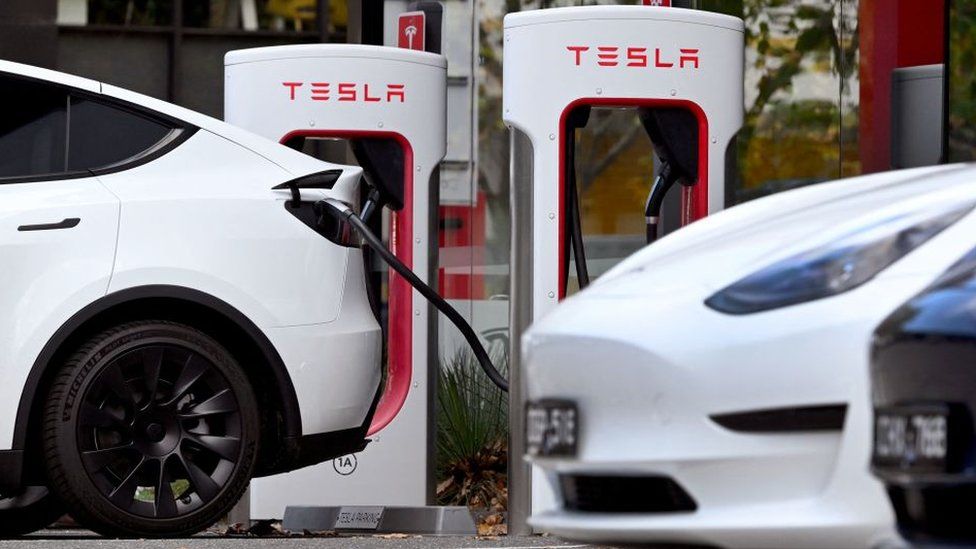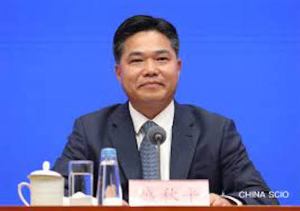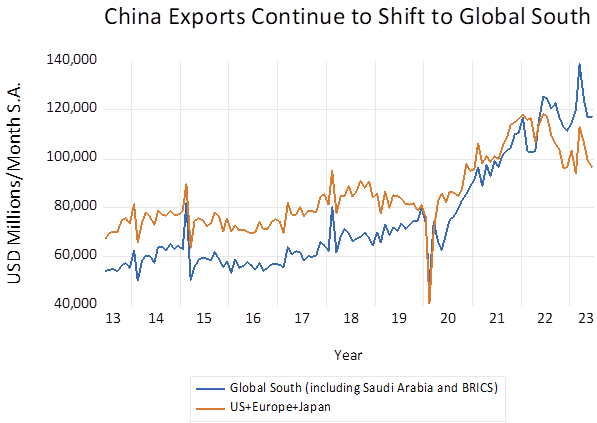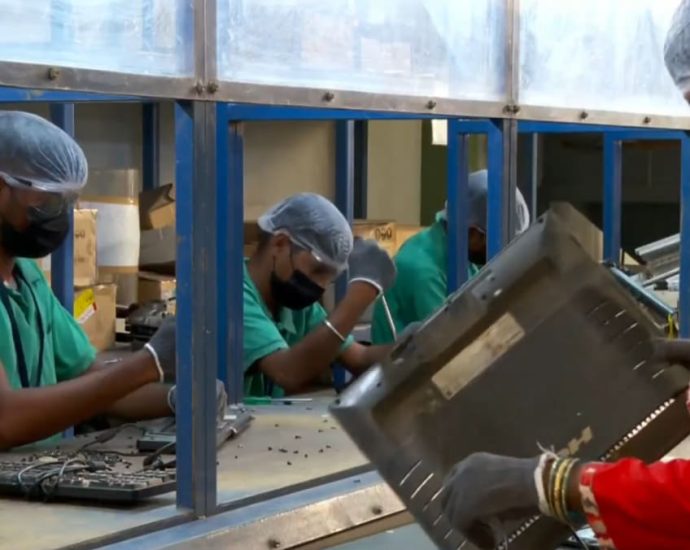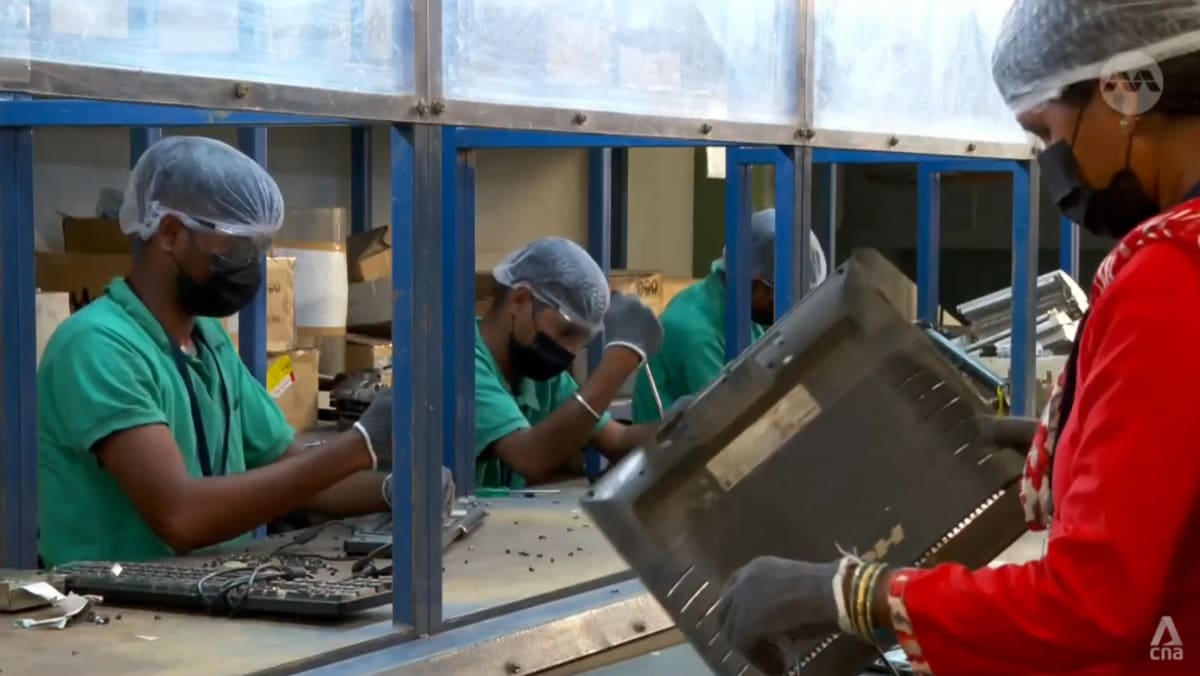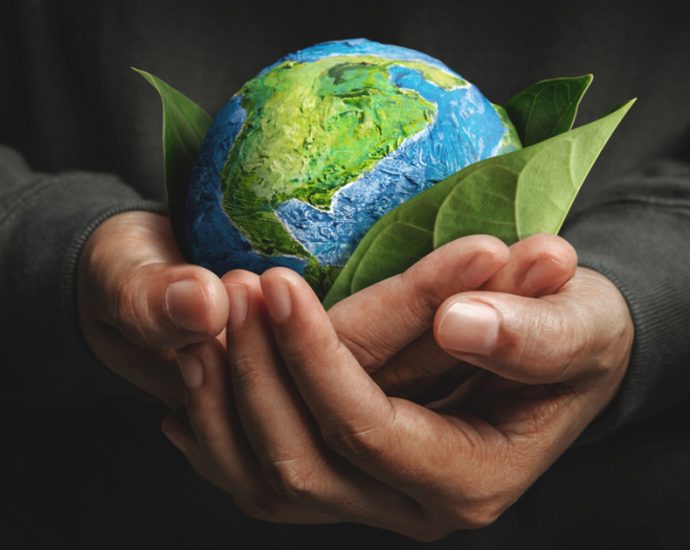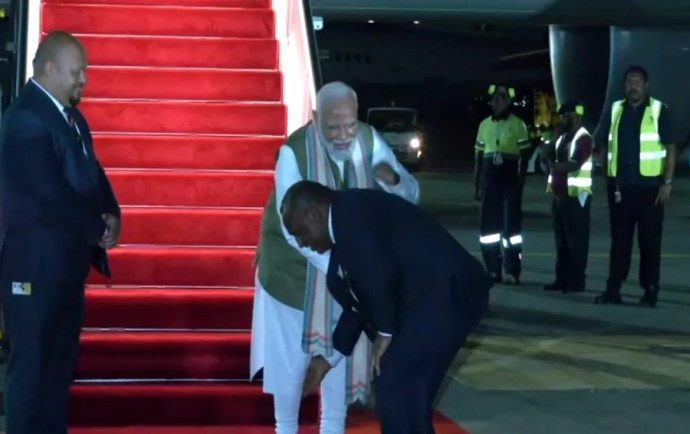Elon Musk: Tesla may cut prices again in ‘turbulent times’
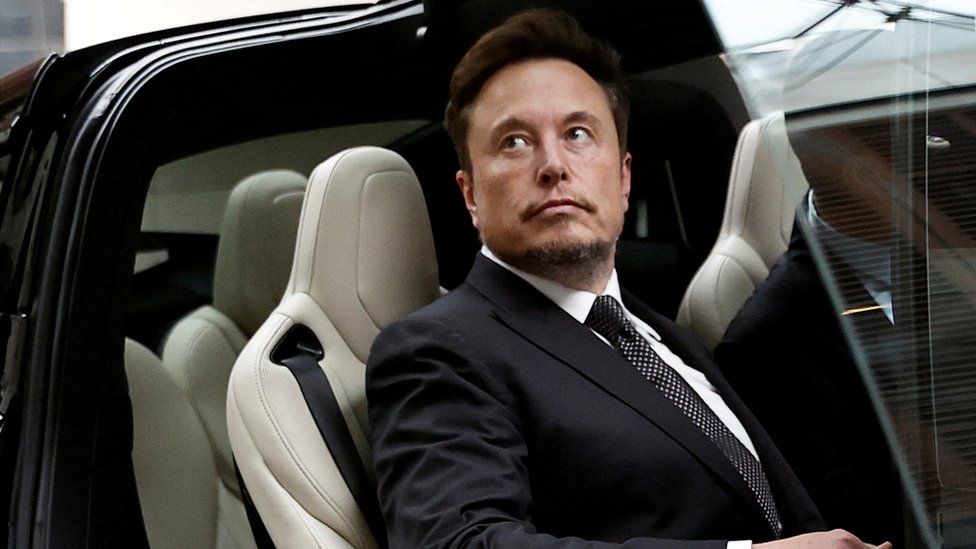 Reuters
ReutersTesla chief executive Elon Musk has signalled that the electric carmaker will continue to cut prices as the world economy is in “turbulent times”.
The multi-billionaire’s comments came after the company reported that its profit margins had been squeezed as it faced tough competition.
In recent months, Tesla has cut its prices several times in major markets, including the US and China.
The firm’s shares fell by more than 4% in after-hours trade in New York.
Tesla reported that its profit margin had fallen to the lowest level in four years.
The company said its gross profit margin fell to 18.2% for the three months to the end of June, down from 26.2% for the same period last year.
During a call with Wall Street analysts, Mr Musk signalled that he was open to cutting prices further if needed.
“One day it seems like the world economy is falling apart, next day it’s fine. I don’t know what the hell is going on,” he said.
“We’re in, I would call it, turbulent times,” Mr Musk added.
Investors are concerned about the possibility of more price cuts at Tesla, Arun Sundararajan, a Professor at the NYU Stern Business School, told the BBC.
“This feels like a price war with no long term strategy to raise margins if Tesla wins the war,” he added.
Earlier this year, Mr Musk said he believed pursuing higher sales, with lower profits, was the “right choice” for Tesla.
The firm has lowered prices in markets including the US, UK and China to compete with rival manufacturers.
Earlier this month, the company said it delivered a record number of vehicles in the three months to the end of June.
It comes as more carmakers have agreed to adopt Tesla’s electric vehicle (EV) charging technology.
On Wednesday, Japanese motor industry giant Nissan said its EVs in the US and Canada would be equipped with Tesla-developed charging ports from 2025.
Nissan Americas’ chairperson Jérémie Papin said the firm was committed “to making electric mobility even more accessible”.
The announcement follows similar moves by US car manufacturers Ford and General Motors.
Related Topics
-
-
12 April

-



